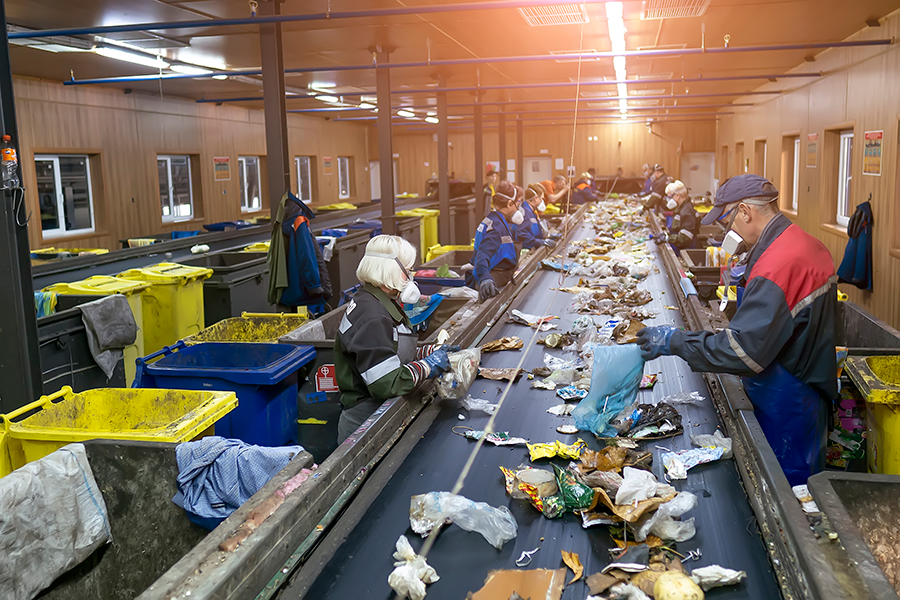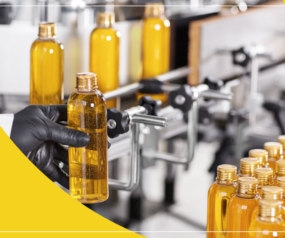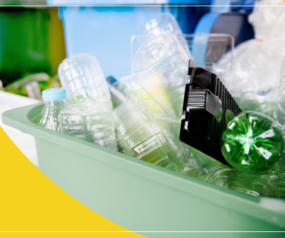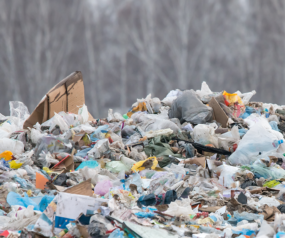Understanding The Vital Role Of Plastics In Producing Renewable Energy
The environment and the people who live in it are interdependent. People’s actions can create a massive impact on their surroundings, and the environment they live in can affect their lives. Even the most minor things people do, such as managing their waste, can change the world today.
It is crucial to understand that people should positively influence the environment to receive a positive effect. One of the simplest things that one can do to help is recycle and use plastics to produce renewable energy. In that case, people can also reduce greenhouse gas emissions and carbon footprints, saving the world one step at a time.
Plastics, when managed correctly, can contribute a lot to the environment. People can use them for various things that can make the world better. With that, this article will discuss how plastics can help in improving the environment.
Plastics In Making Renewable Energy
Plastics can play a significant role in producing renewable energy. These plastics possess various characteristics that may be helpful to the supply and production of these energies. Some of their properties are:
- High abrasion resistance – This feature enables the material to withstand damage and hold its form and structure.
- Minimal expansion to thermal changes – Plastics tend not to increase significantly in size when exposed to different temperature changes
- Self-lubricating properties – This element helps the material experience lower friction when it rubs against surfaces and reduces the heat created while moving.
- Electrical insulation – This characteristic protects the materials from electric shock and limits electrical flow from various electrical conductors.
Manufacturers nowadays use plastics in creating solar panels, fuel cells, wind turbines, and hydroelectric power. These devices produce energy from the wind, sun, water, and chemical energy. The type of energy that people can have from these is constantly renewable.
Aside from plastics’ significant role in producing renewable energy, they can also help in conserving energy. People can use plastics in home insulations and vinyl window replacements. In that way, they can also assist in limiting greenhouse gas emission and lowering energy expenses.
To further understand the use of plastics in creating and conserving renewable energy, continue reading this article.
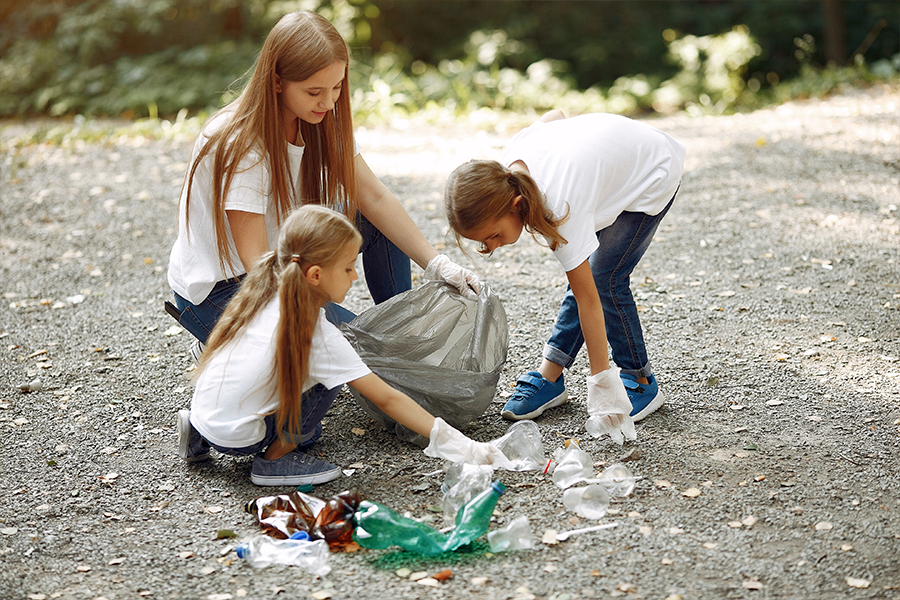
Plastics In Wind Turbines
Wind turbines have rotor blades similar to an airplane wing or helicopter rotor blade. These blades produce an aerodynamic force that converts wind energy into electricity. Turbine blades with lighter weight tend to spin quicker, so engineers have been experimenting with new materials to make them lighter.
One of the ways they have discovered is the use of plastic in making these turbine blades. Plastics are lightweight, and they are suitable for making durable aerodynamic wind turbine blades. Moreover, since they are lighter and move quicker, these turbine blades can produce electricity faster.
Plastics In Solar Cells
Solar cells, or photovoltaic cells, can convert the energy of light to electrical power. Solar cells are unlike batteries or fuel cells because they do not use chemical reactions or require fuel to generate electricity. Moreover, they do not have any moving parts, unlike electric generators.
People have been using plastics for solar cells for the past decades up to this day. Usually, people put plastics to protect and connect various parts of the solar panel. However, as time passes by, researchers have continuously discovered multiple innovations that can improve solar cells.
Through their unending experiments, researchers discovered that the molecules of certain plastics might be modified to provide organized routes for electrical charges to travel more efficiently. People might put plastic solar cells on walls, windows, and several other surfaces, including curved ones because the plastics used in solar cells are flexible, lightweight, and incredibly thin.
Plastics’ versatility may open up new options for solar technology as a result of these advancements. Furthermore, researchers predicted that plastic solar cells would become more affordable, making renewable energy accessible to a more significant number of individuals, homes, and businesses.
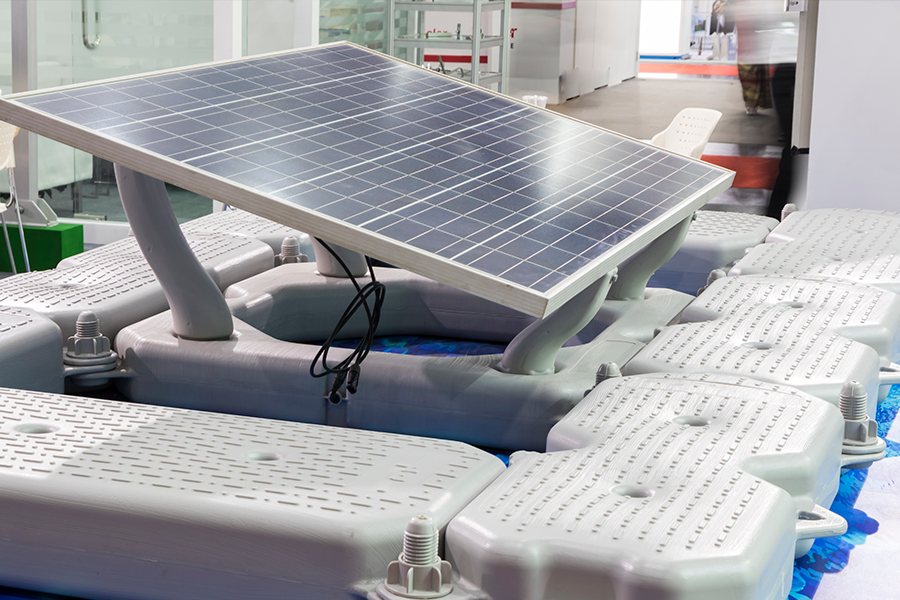
Plastic Wastes To Energy
Recycling plastics, such as plastic bottles, have been a part of our daily lives (for most of us, at least). However, we can still see unused plastics in most of the places we go to. The good thing is, researchers have found that we can turn plastics into sources of energy.
Plastics usually come from natural materials that people commonly use as energy sources, such as oil, natural gas, coal, and plants. Nowadays, some facilities in the United States recover energy from various wastes, including the energy contained in used plastics, and generate electricity for local communities.
Aside from that, some innovative companies are starting to break down unused plastics at the molecular level to recover energy and use them in different fuels. They usually make these plastics undergo the process of pyrolysis.
The process of pyrolysis includes:
- Heating plastics in an oxygen-free environment
- Melting them into liquid; and
- Vaporizing them into gases
After these plastics have become gases, companies cool them down and condense them to make synthetic diesel fuel, crude oil, and kerosene. Plas-Pak are the leading plastic bottle manufacturer in Perth, Western Australia.
Conclusion
Plastics have become a significant part of people’s lives, so it is impossible not to encounter one in a day. However, they do not need to end up everywhere in the environment. People should know how to make better use of plastics to avoid plastic pollution.
Recycling and converting plastics to renewable energy can be the best solution to solve this problem. People can turn them into fuels or use them for solar panels and wind turbines. With intelligent management of plastics, people can make a more productive and cleaner environment.

